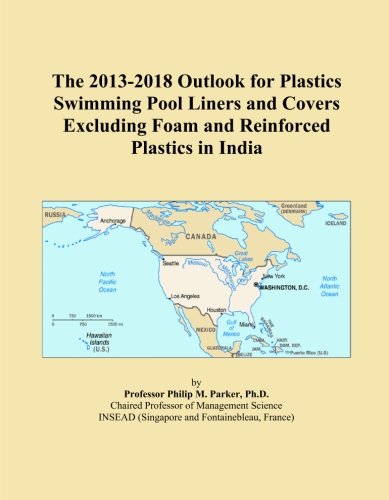The 2013-2018 Outlook for Plastics Swimming Pool Liners and Covers Excluding Foam and Reinforced Plastics in India
This econometric study covers the latent demand outlook for plastics swimming pool liners and covers excluding foam and reinforced plastics across the states, union territories and cities of India. Latent demand (in millions of U.S. dollars), or potential industry earnings (P.I.E.) estimates are given across over 5,000 cities in India. For each city in question,
This econometric study covers the latent demand outlook for plastics swimming pool liners and covers excluding foam and reinforced plastics across the states, union territories and cities of India. Latent demand (in millions of U.S. dollars), or potential industry earnings (P.I.E.) estimates are given across over 5,000 cities in India. For each city in question, the percent share the city is of it’s state or union territory and of India as a whole is reported. These comparative benchmarks allow the reader to quickly gauge a city vis-a-vis others. This statistical approach can prove very useful to distribution and/or sales force strategies. Using econometric models which project fundamental economic dynamics within each state or union territory and city, latent demand estimates are created for plastics swimming pool liners and covers excluding foam and reinforced plastics. This report does not discuss the specific players in the market serving the latent demand, nor specific details at the product level. The study also does not consider short-term cyclicalities that might affect realized sales. The study, therefore, is strategic in nature, taking an aggregate and long-run view, irrespective of the players or products involved.
This study does not report actual sales data (which are simply unavailable, in a comparable or consistent manner in virtually all of the cities in India). This study gives, however, my estimates for the latent demand, or the P.I.E., for plastics swimming pool liners and covers excluding foam and reinforced plastics in India. It also shows how the P.I.E. is divided and concentrated across the cities and regional markets of India. For each state or union territory, I also show my estimates of how the P.I.E. grows over time. In order to make these estimates, a multi-stage methodology was employed that is often taught in courses on strategic planning at graduate schools of business.



